A new study published in the journal Nature details the discovery of lung stem cells capable of regenerating after pulmonary tissue has sustained an injury. According to the researchers, the stem cells hold promise in regenerative medicine for patients of all ages with lung diseases.
Alveolar epithelial progenitor (AEP) cells are a new cell lineage identified by research teams at Children’s Hospital of Philadelphia (CHOP) and the Perelman School of Medicine at the University of Pennsylvania. These cells were found in the small pulmonary structures known as alveoli which are responsible for gas exchange between the lung cells and the bloodstream.
“These cells sit quietly, but poised, in the lung until an injury activates them to proliferate and differentiate,” said co-first author Dr. David B. Frank, a pediatric cardiologist at CHOP. “If we can learn to manipulate the biological signals in this process, we may be able to regenerate lung tissue in patients.”
The AEP stem cells were identified in mouse models and humans, suggesting a high level of conservation among certain species. Since the mouse AEP cells were very similar to those found in human lungs, the researchers were able to build 3D cell culture organoid models to study the biological role of the stem cells.
“One of the most important places to better understand lung regeneration is the alveoli. To better understand these delicate structures, we have been mapping the different types of cells within the alveoli,” said study leader Dr. Edward E. Morrisey, director of the Penn Center for Pulmonary Biology and scientific director of Penn’s Institute for Regenerative Medicine. “Understanding cell-cell interactions should help us discover new players and molecular pathways to target for future therapies.”
By exposing the lungs of mice to the influenza virus, the research team sought to study the role of the lung stem cells in dealing with lung injury. They found that cell signalling pathways – including Wnt and Fgf – prompted the normally-dormant AEP cells to differentiate into alveolar cells in response to lung injury.
“As we have seen during this influenza season, lung damage from viruses and inflammation can be devastating,” said Frank. “However, we now understand how the alveolar epithelial niche regenerates following injury. With this information, we may able to design pathway-specific modifiers or cell-based therapies to treat lung damage.”
The researchers believe that their findings could support development of regenerative medicine treatments for other diseases such as chronic obstructive pulmonary disease (COPD) and bronchopulmonary dysplasia (BPD), which primarily affects premature babies.

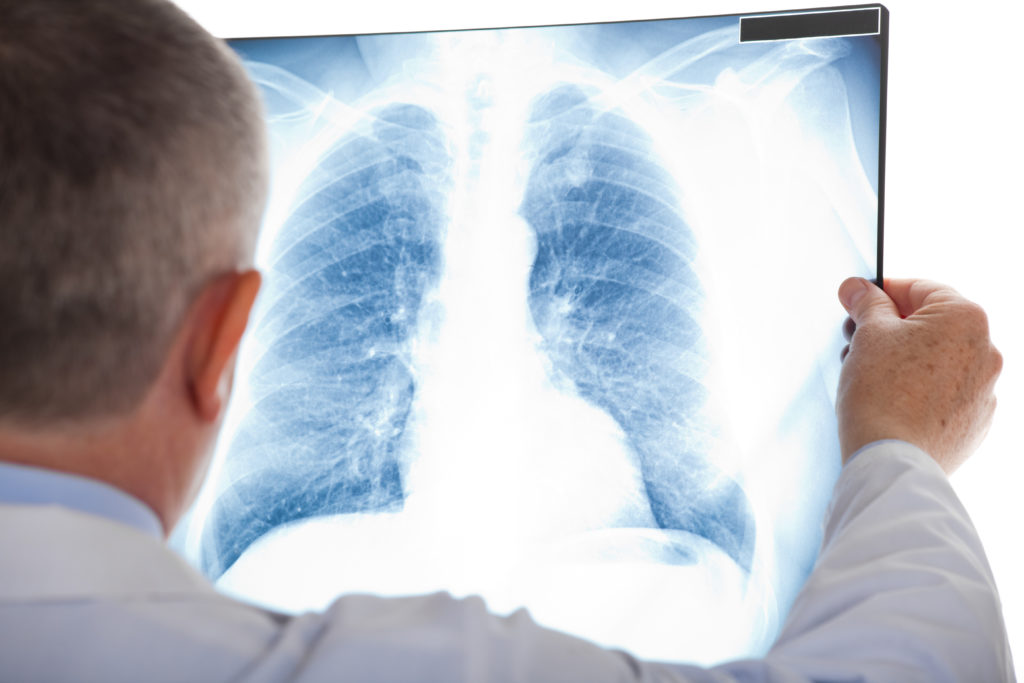
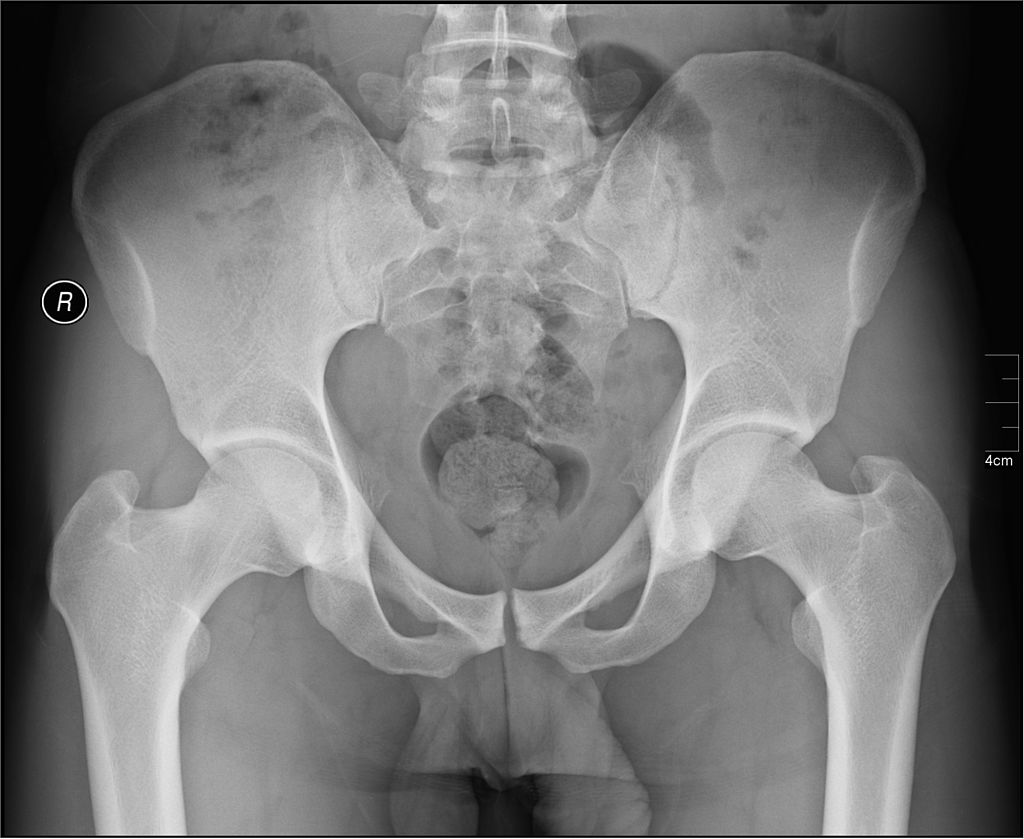
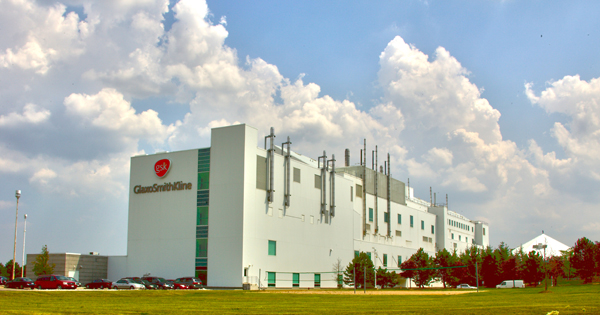

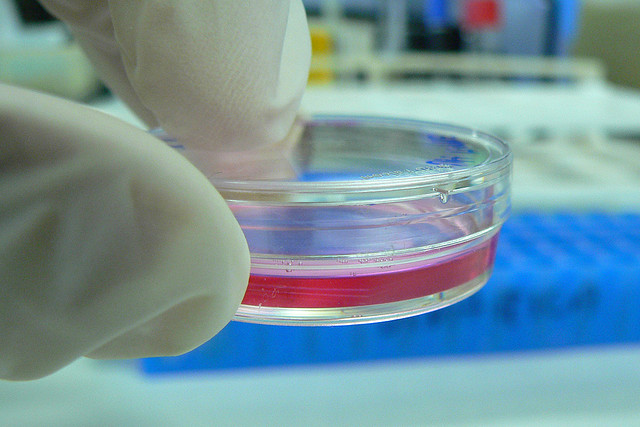


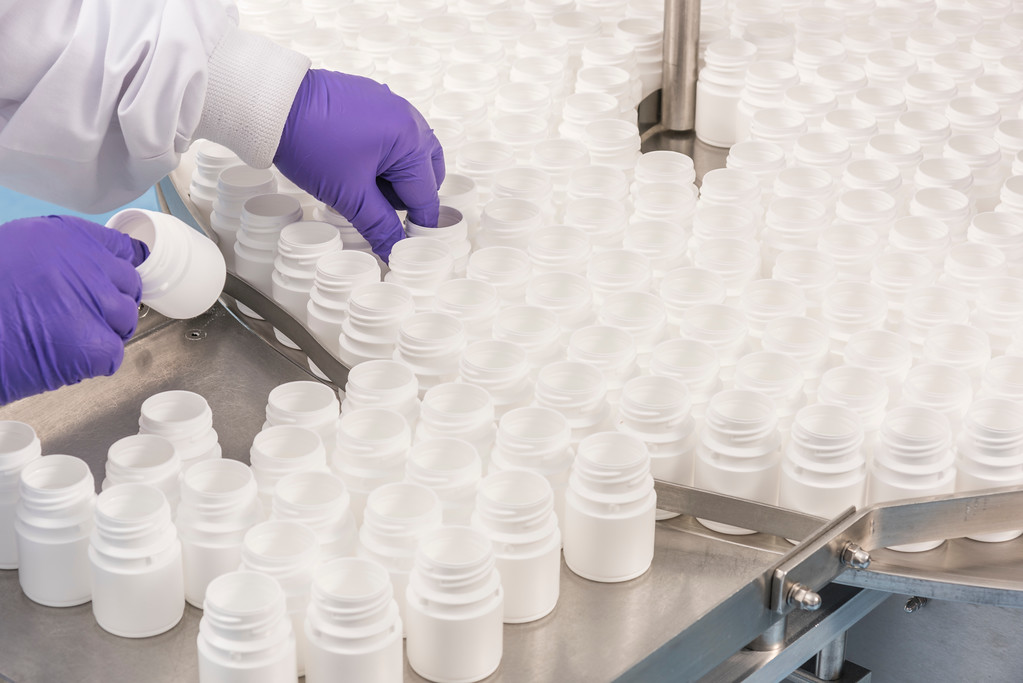

Join or login to leave a comment
JOIN LOGIN